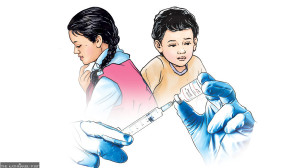Opinion
Listen to the people
Protests could flare up if the government does not amend the faulty federal design and carve two provinces in the Tarai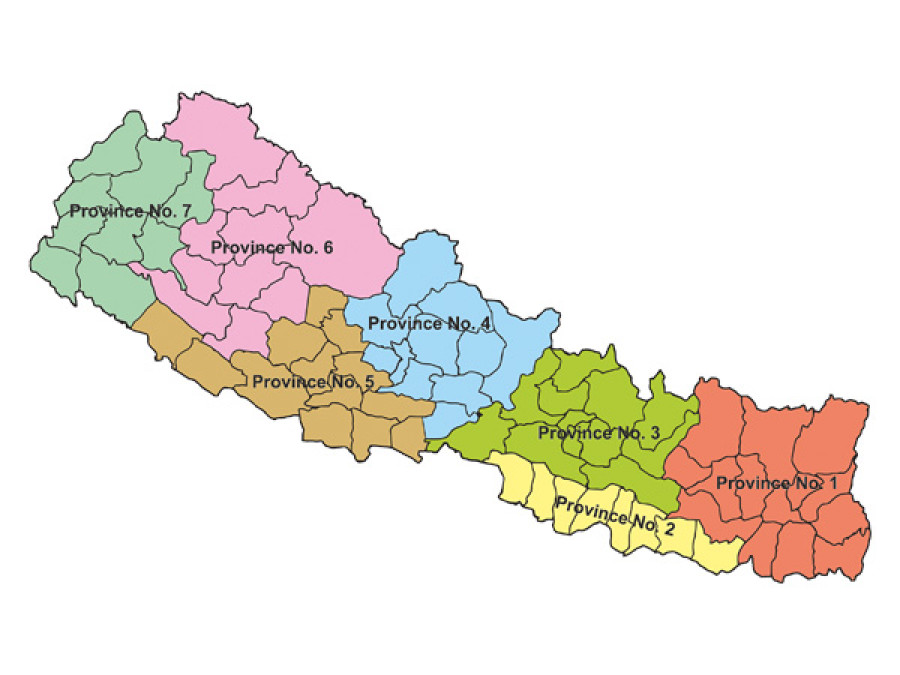
Amar Kant Jha
The Madhesis, Tharus, and other ethnic groups are extremelyunhappy with the new constitution as it does not ensure their due participation and representation in state-organs. The Madhesis and Tharus have imposed a general strike in the Tarai for almost 80 days and a blockade at the Nepal-India border points for about 50 days in protest. But so far, their tactics have not yielded any tangible results.
The objective of federalism
The most contentious isssue in the new constitution remains the delineation of the seven provinces. The Tharu-Madhesis are vehemently opposed to it and accuse the leaders of the three big parties of violating the agreements between the Madhesi forces and the government in 2007. The disgruntled groups further censure them for adopting a federal design that promotes the interests of the privileged hill high castes debarring the oppressed groups from getting a reasonable share in the power-structure.
The motive behind restructuring the state or federalism was to essentially eliminate the age-old discrimination based on ethnicity, language, gender, region, among others, by ensuring the righful share of the deprived groups in state organs. This purpose was explicitly mentioned in the historic six-point agenda of the 2006 People’s Movement and also in the 12-point agreement signed between Seven-Party Alliance and the Maoists. And later, the Madhes Andolan further mandated the parties to adopt federalism as a ‘shared-rule’ system. All of these formed the basis of the Article 138 of the Interim Constitution which calls for the ‘progressive restructuring’ of the state. Against this backdrop, the proposed model of federalism can be construed as a betrayal of the people’s trust
and an obnoxious act against 2006 People’s Movement.
Hill dominance
Here, it is necessary to assess the federal design from the perspective of the discriminated groups’ share in state organs. The demographics of the seven provinces reveal the following facts: Province 1, consisting of eleven eastern hill districts, together with three eastern Tarai districts contains 3,099,869 hill people, including 1,339,541 people of hill high castes and 878,286 Rais and Limbus, apart from 1,230,379 Madhesis. Province 2, a truncated Tarai-Madhes region from Saptari to Parsa, contains 4,824,066 Madhesis together with 578,280 hill people. The population of the Newar and Tamang ethnic groups combined in Province 3, which consists of 13 hill districts, including Kathmandu, is 2,064,652 and 2,050,377 people of hill high castes, among others. In Province 4 which comprises of 10 hill districts around Pokhara together with eastern Nawalparasi, the population of hill high castes is 8,68,445 and there are 693,190 Magars and Gurungs combined along with other communities. Province 5, which includes five western Tarai districts and five hill districts together with western Nawalparasi and eastern Rukum, contains 2,985,155 hill people, of which 1,404,903 people belong to hill high castes and 1,893,449 Tharus-Madhesis. Province 6—nine hill districts and western Rukum—has 1,415,035 people, including 848,010 people of the hill high castes. Province 7, which includes seven Far-Western hill districts together with two districts of the Tarai—Kanchanpur and Kailali—contains 2,562,507 people, including 1,534,728 people of hill high castes.
Thus, it is evident that except Province 2, where there is an overwhelming number of Madhesis, the rest of six provinces are demarcated in such a manner that they are mostly populated by hill high castes which can help them perpetuate their hegemony. While the Newars and Tamangs could get a share in the power structure of Province 3, about four million Tharu-Madhesis of Province 1,4,5, and 7, along with the Rais, Limbus, Magars, Gurungs and other ethnic groups are likely to remain excluded from the corridors of power.
Surely, this is a flawed federal design mainly because geographical homogeneity—accepted unanimously as one of the five bases of identity for federalisation—has been completely violated in the eastern and the western regions of the Tarai-Madhes by joining these regions with the hill districts. It could create problems for the discriminated groups in ensuring their participation in state organs. Since hill high castes reside in both the hills and the Tarai in an almost equal number, they prefer federal provinces that include both the hills and the plains. As the hill high castes comprise the power elites, they plead federalism for development, and not for eliminating existent disparites. This is despite the fact that federating the country with an objective to end discrimination also provides ample opportunities for economic prosperity. But the leaders of the three big parties did not honour their own solemn pledge of ameliorating suppressed groups. Instead they towed the line of their kind, the hill high castes, and adopted a discriminatory model of federalism.
It is but natural for the Tharu-Madhesi agitatiors to press for two provinces in the plains. If the three eastern and nine western districts of the Tarai are not combined with the hills but kept intact in the two provinces in the Tarai-Madhes, this will not only help the Tharus and Madhesis but will also enable the Rais, Limbus, Magars and Gurungs to gain access to state authority.
Problematic provisions
However, in the federal model proposed in the new constitution, the Tharus-Madhesis and other ethnic groups will not be inadequately represented. For instance, out of 56 members of the National Assembly it is possible for eight Madhesis to be elected from Province 2. But the Tharus and Madhesis will find it extremely difficult to be represented from Province 1,4,5 and 7. Similarly, the Rais, Limbus, Magars, Gurungs and other ethnic groups will lose the most when it comes to participation and representation in state-organs. In Province 6 and 7, as many as 16 members will represented in the National Assembly though their combined population is just 397,537. In terms of identity, both the provinces are dominated by Khas-Aryas, necessitating only one province. But after two or three days’ agitation in the Far-Western region, the triumvirate carved Province 7 by splitting the western part of Province 6 without any dialogue with the agitators.
Similarly, under the first-past-the-post election system, there will be 165 constituencies in the country to elect one member from each for the House of Representatives. As these constituencies are determined on the bases of geography and population, the Tarai-Madhes, containing 50.2 percent of the total population of the country, might only have 65 constituencies while the hills could have 100 constituencies. Therefore, population should only be the criterion for determining constituencies and also for electing members to the National Assembly.
Further, the new constitution has taken care of the fundamental right to participation of socially backward and oppressed groups in the state structure “on the basis of inclusiveness”, not “on the basis of the principle of proportional inclusiveness” as enshrined in the Interim Constitution. The deletion of the word “proportional” is a regressive move.
As regards the problem of representation, the three big parties have realised their grave mistakes and, therefore, the goverment has registered the amendments of Articles (42 and 84) as an attempt to appease the agitators. Similarly, they must also admit the mistake of devising a biased and faulty federal design and earnestly address the Tharu-Madhesis’ demand of two provinces in the Tarai-Madhes to secure the latter’s equitable participation in state organs. It is the agitators’ major demand and if it is not accepted, negotiations will possibly fail and the conflict will accelerate, creating a highly volatile situation in the country.
Jha is a retired Tribhuvan University professor




 16.12°C Kathmandu
16.12°C Kathmandu
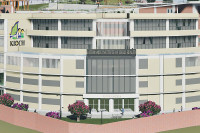
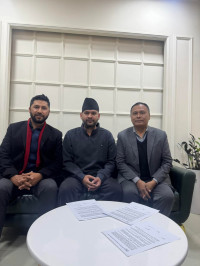
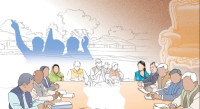


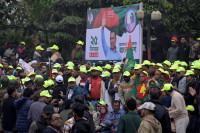

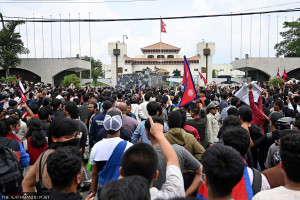


%20(1).jpg&w=300&height=200)

